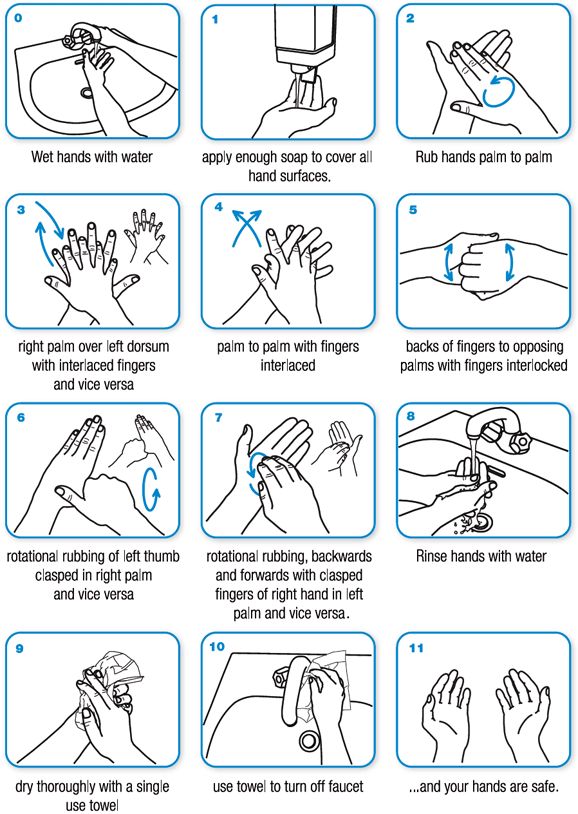Equipment as a preventive measure of COVID-19
These days, the subject is always the same and the amount of information to be absorbed is absurd. The best way to prevent Coronavirus or COVID-19 is to be well informed. Therefore, we intend to synthesize the most important points regarding the use of disinfectant gel, masks and gloves, products that aim at preventing the virus.
First, it should be noted that, according to the World Health Organization, the most effective way to protect COVID-19 is to take measures such as:
- Frequent cleaning of the hands with soap and water or an alcohol-based massage, killing any virus that may be found on the hands;
- Keeping social distance of at least 1 meter (3 feet) from any person who is coughing or sneezing, as this person sprays small drops of liquid from the nose or mouth that may contain some virus. If you are too close, you can breathe the droplets, including the virus, if the person is carrying it;
- Avoid touching the eyes, nose and mouth because the hands touch many surfaces and can catch a virus. Once contaminated, the hands can transfer the virus to the eyes, nose and mouth and enter the body;
- Practice respiratory hygiene, cover your mouth and nose with your elbow or tissues when coughing or sneezing;
- Stay home in case you're not well. In case of fever, cough and difficulty in breathing, seek medical attention.
The disinfectant gel, as well as frequent hand washing, is one of the most effective means of preventing the virus and its function is to eliminate it. The recommendation referred to by all health authorities during the pandemic is that hands should be disinfected with 70% alcohol.

According to the Directorate General of Health, surgical masks "form a physical barrier that prevents the transmission of viruses from a sick person to a healthy person by blocking the respiratory particles expelled by coughing or sneezing.” The use of a mask implies its correct use, proper removal and disposal.
Therefore:
- Before placing the mask, hands should be sanitized with an alcohol-based sanitizer or with soap and water;
- Check that the mask is fit for use (no tears or holes);
- The metal strip should be on top of the mask;
- The coloured side of the mask should face out;
- Place the mask on your face by tightening the metal strap or hard edge of the mask so that it fits your nose;
- After use, remove the mask. Remove the elastic straps behind the ears, keeping the mask away from the face and clothing to avoid touching the potentially contaminated surfaces of the mask;
- Throw the mask away immediately after removal;
- Clean hands after touching or disposing of the mask with the alcohol-based sanitizer or soap and water.
According to the WHO, gloves are contaminated, as are hands when they meet infected surfaces. Bringing your hand to the eye, nose or mouth area is also contagious with or without gloves. What distinguishes the use of gloves or not is the fact that the hands can be sanitized with soap and water or 70% alcohol, while the gloves are not washed. For the use of gloves to occur effectively, it would be necessary to use numerous pairs during the day after touching each surface or object, removing them, and disposing of them correctly. It is essential to consider aspects such as:
- The use of the same gloves for too long can lead to their degradation;
- The protective sensation resulting from the use of gloves can promote indiscriminate contact with potentially contaminated surfaces and objects, promoting the spread of microorganisms;
- Incorrect removal of gloves results in an increased risk of contact with the SARS-CoC-2 virus (causing VOCID-19) or any other pathogen;
- After correct removal of the gloves, they should be placed immediately in the undifferentiated waste bin in a closed bag to safeguard the community.
The correct placement of gloves must follow these steps:
- After washing your hands well, take a glove, touching only the area corresponding to the region of the wrist;
- Place the first glove;
- Take the second glove, touching only the area corresponding to the region of the wrist;
- Avoid touching the skin of the forearm with the glove already on (take the outer surface of the glove we are wearing, with the folded fingers of the other hand);
- Once the gloves are on, the hands should not touch anything else except what is necessary to perform the desired procedure.
Correct removal of gloves should follow these steps:
- Take a glove in the wrist area and, without touching the skin of the forearm, pull the glove completely;
- Keep the glove pressed between the fingers and place the opposite hand (without glove) between the glove and the wrist. Remove the second glove by rolling until the first glove is completely covered;
- Place the gloves in the appropriate container.
The eye protection equipment consists of visors or goggles. This equipment is generally used in laboratory or health care settings to protect against airborne particles.
The purpose of goggles is to protect the eyes from splashes and aerosols from respiratory secretions and other products.
The visors, in turn, are designed to protect against the projection of solid and liquid particles onto the face, eyes, nose and mouth. This equipment is reusable and should cover the entire facial surface from the forehead to the lower chin and wrap the side of the face. It must be efficient in terms of perspiration and the material must be unbreakable, accompanied by an adjustable tape. The use of this equipment prevents the respiratory droplets produced by individuals who are close to reach the face of those wearing the visor. The droplets of the individual who uses the visor will also be partly retained inside the equipment. Besides, its use prevents the touch in the face, helping in the good practice of not touching the face without the previous sanitization of the hands, making the infection difficult. The washing of the visor consists of a very simple process that implies the cleaning of the visor with water and soap, followed by the passage of water with bleach or with 70% alcohol.
Gowns, suits and aprons consist of accessories whose purpose is to protect all individuals who wear them when in contact with possibly contaminated fluids. In addition to protecting, this equipment should provide comfort and not restrict movement. After use, they should be disposed of in a suitable place so that they do not present any risk to the health of other people or to the environment. Gowns, suits and aprons may be considered individual safety items for clinical examinations, operations, beauty treatments or others.
After mentioning some care and information that we must take into account at this time of pandemic, it is part of the focus of the Leafsis platform to be able to meet the needs of consumers during this period in such a way that it is possible to order any of the products mentioned above without leaving home. Not forgetting, of course, the need for a rational use of them.
